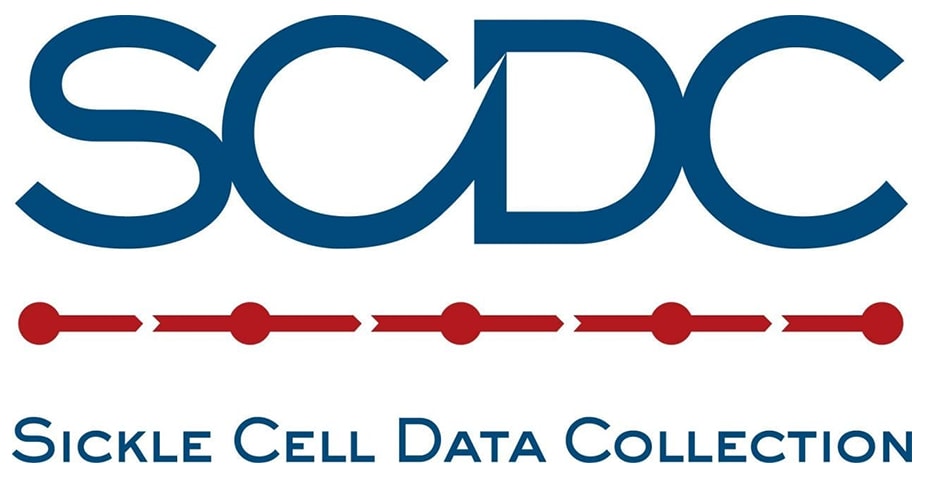Key points
- CDC's Sickle Cell Data Collection (SCDC) program works to understand how sickle cell disease (SCD) affects people.
- The SCDC program collects data to understand health outcomes for people with SCD.

What it is
Sickle cell disease (SCD) is estimated to affect more than 100,000 people in the United States, but the exact number of people with SCD is unknown. CDC's Sickle Cell Data Collection (SCDC) program gathers health information from multiple sources to determine how many people live with the disease in a particular state and to understand their health and healthcare needs.
SCD is a genetic blood disorder passed from parents to children. People with SCD have abnormal red blood cells that prevent blood from getting to the body's tissues and organs, causing severe pain, infection, and in some cases, stroke and other serious health problems. A severe form of SCD can shorten the lives of people with SCD by 20 to 30 years.
Did you know?
A step in the right direction
The SCDC program helps to better understand the following:
Where people with SCD live
SCDC data are used by states to develop maps that show where people with SCD live, and where healthcare providers or facilities are located. These maps can help state health officials understand what areas of the state might need additional SCD healthcare supports. Thus, the data are being used to help ensure all people with SCD are able to receive quality healthcare services.
Transition from pediatric to adult care
SCDC data are helping states to better understand why people with SCD often have the most severe symptoms and use healthcare services most frequently when they shift from pediatric care to adult care.
Hispanic people with SCD
One in ten people with SCD in the United States are Hispanic. SCDC data are helping to shed light on the challenges of identifying SCD among Hispanics, including Hispanic people born outside the United States.
Older people with SCD
People with SCD are living longer, making it more important to use SCDC data to study common health problems—not just those related to SCD—that patients experience as they age.
The use of healthcare services
SCDC data are being used to better understand how often people with SCD use various types of healthcare services (for example, the emergency department) and what factors are associated with high use of these services.
These are just a few examples of how SCDC data are already being used to improve the lives of people with SCD.
Future direction
As additional support becomes available, the SCDC program can include more states. An expanded SCD information system can provide important new information on how many people live with SCD in the United States, how SCD affects their health, and how researchers can improve medical treatments to extend and improve the lives of people with SCD.
